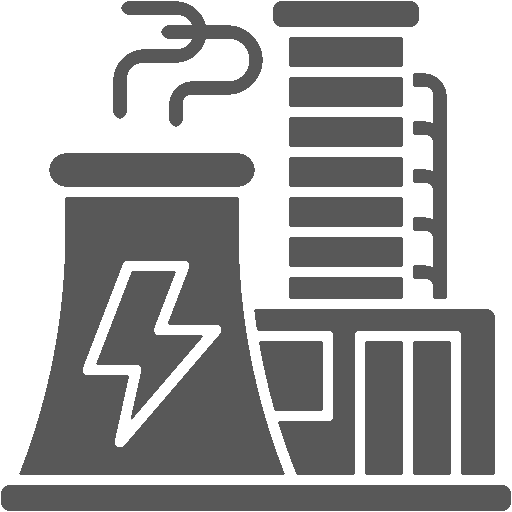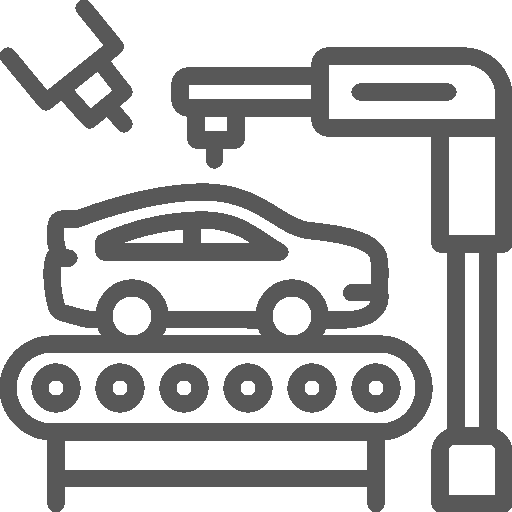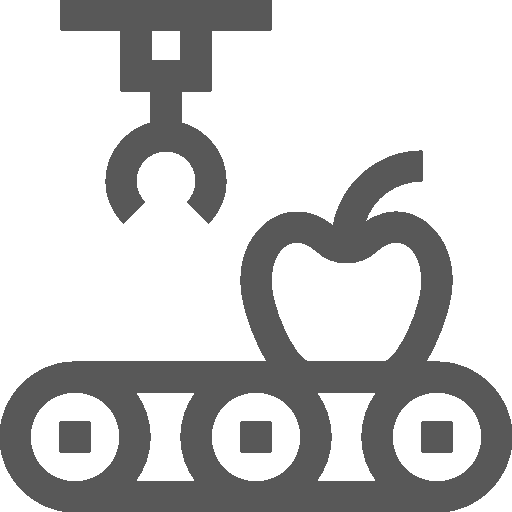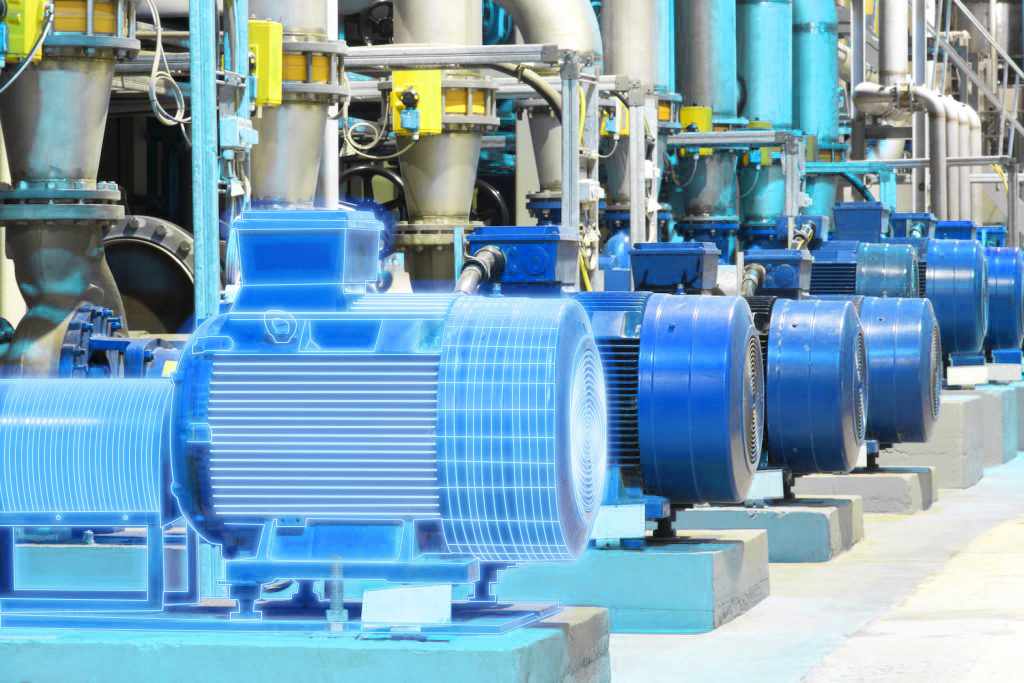
Imagine your office building on a sweltering summer day or a very cold day. The HVAC system suddenly fails, causing the indoor temperature to soar or drop, employee productivity to plummet, and repair costs to skyrocket. Unfortunately, this scenario is all too common. Traditional HVAC maintenance approaches, which are often reactive or time-based, can lead to significant issues like energy waste and unexpected downtime. Enter condition monitoring—a proactive solution designed to optimize HVAC performance and reduce costly disruptions for businesses.
Contents
What is Condition Monitoring for HVAC Systems?
Condition monitoring involves the continuous real-time tracking of key parameters in HVAC systems. This proactive approach helps identify potential issues before they escalate, ensuring smoother operations and cost savings.
Key Components of Condition Monitoring for HVAC Systems
- Sensors
Sensors are critical for data collection. They measure various parameters such as temperature, pressure, vibration, and sound, providing the necessary data for monitoring.
- Data Acquisition Systems
These systems collect and process the data from sensors, offering a comprehensive view of the HVAC system’s condition.
- Analytics Software
Advanced software analyzes the collected data, detecting patterns and anomalies. This analysis helps predict potential failures and schedule preventive maintenance.
Benefits of Condition Monitoring
- Improved Energy Efficiency: Early detection of issues through condition monitoring helps optimize HVAC performance, leading to significant energy savings as systems operate more efficiently.
- Extended Equipment Lifespan: Proactive maintenance prevents premature failure of HVAC components, thereby extending the overall lifespan of the equipment.
- Reduced Downtime: Condition monitoring minimizes unexpected breakdowns and disruptions by allowing for planned maintenance, significantly reducing downtime.
- Predictive Maintenance: Transitioning from reactive to proactive maintenance strategies, condition monitoring enables predictive maintenance, ensuring issues are addressed before they become critical.
- Lower Operating Costs: Businesses can save substantially on energy, repairs, and replacements. Maintaining optimal performance and preventing major failures lead to reduced operational costs.
- Improved Safety: Identifying potential hazards before they become dangerous enhances workplace safety. Faulty HVAC systems pose safety risks, which are mitigated through condition monitoring.
- Enhanced Comfort: Consistent and optimal HVAC performance ensures a comfortable environment for employees and customers, boosting overall satisfaction and productivity.
How to Implement Condition Monitoring For HVAC Systems
Step #1: Assessment
Evaluate the existing HVAC systems to understand their condition and requirements. This step is crucial for determining the appropriate monitoring approach.
Step #2: Choosing the Right Condition Monitoring Approach
Consider factors such as system size, age, and criticality. Different systems may require different types of monitoring for effective results.
Step #3: Sensor Placement
Strategic sensor placement is vital for accurate data collection. Sensors should be positioned at critical points where issues are likely to occur.
Step #4: Data Analysis and Interpretation
Use advanced software to analyze the collected data. Understanding the data helps make informed decisions about maintenance actions.
Step #5: Setting Alarms and Thresholds
Establish alerts for abnormal conditions. These alarms ensure that potential issues are addressed promptly.
Step #6: Integration with Building Management Systems (Optional)
Connecting condition monitoring with centralized control systems enhances monitoring and management efficiency.
The Bottom Line
For businesses, the benefits of condition monitoring for HVAC systems are clear: improved energy efficiency, extended equipment lifespan, reduced downtime, lower operating costs, and enhanced safety and comfort. By adopting condition monitoring, businesses can transition from reactive to proactive maintenance, ensuring smoother operations and significant cost savings. Explore condition monitoring solutions for your HVAC systems and take the first step towards a more reliable and efficient future. Contact us today to learn more.












 White Papers
White Papers Case Study
Case Study Documents
Documents Webinars
Webinars Events
Events ROI Calculator
ROI Calculator FAQ
FAQ